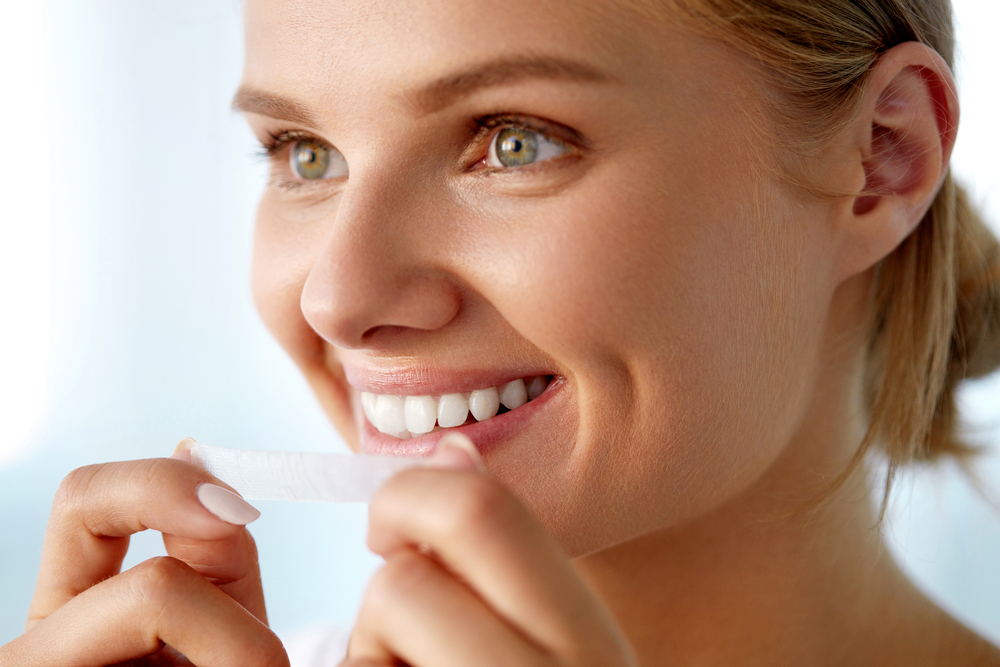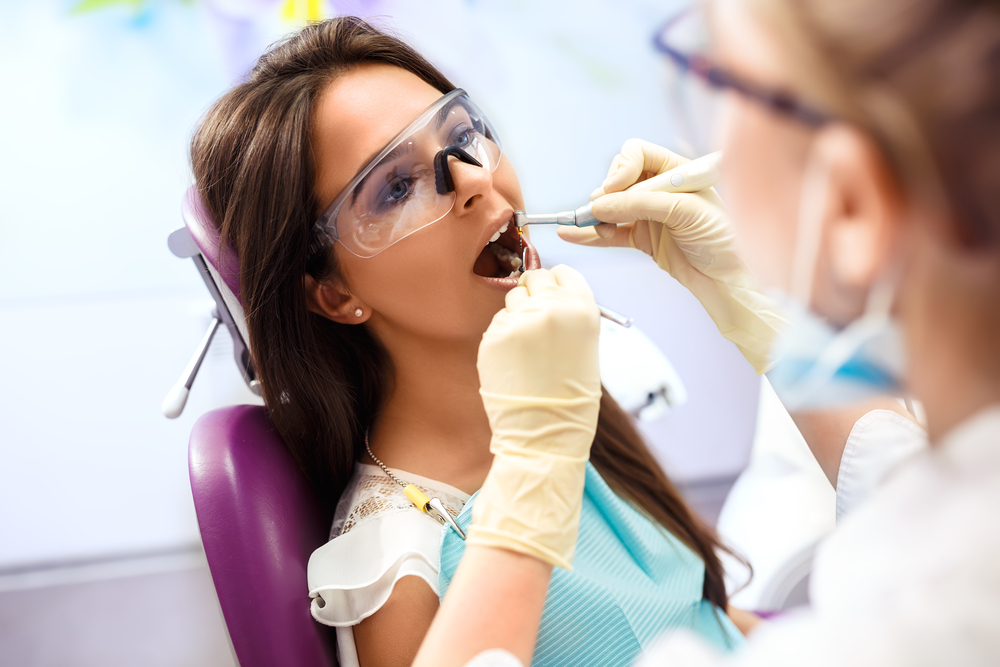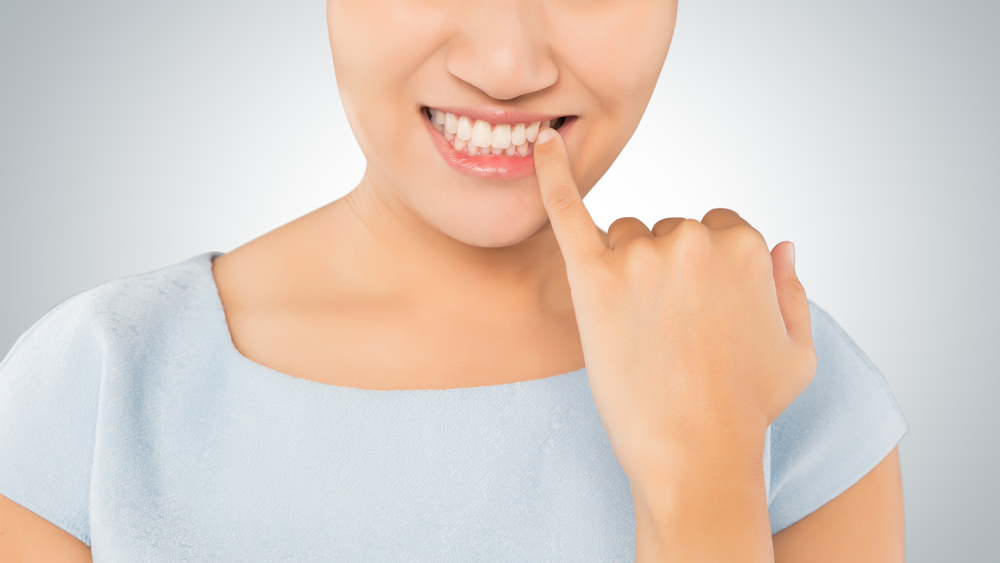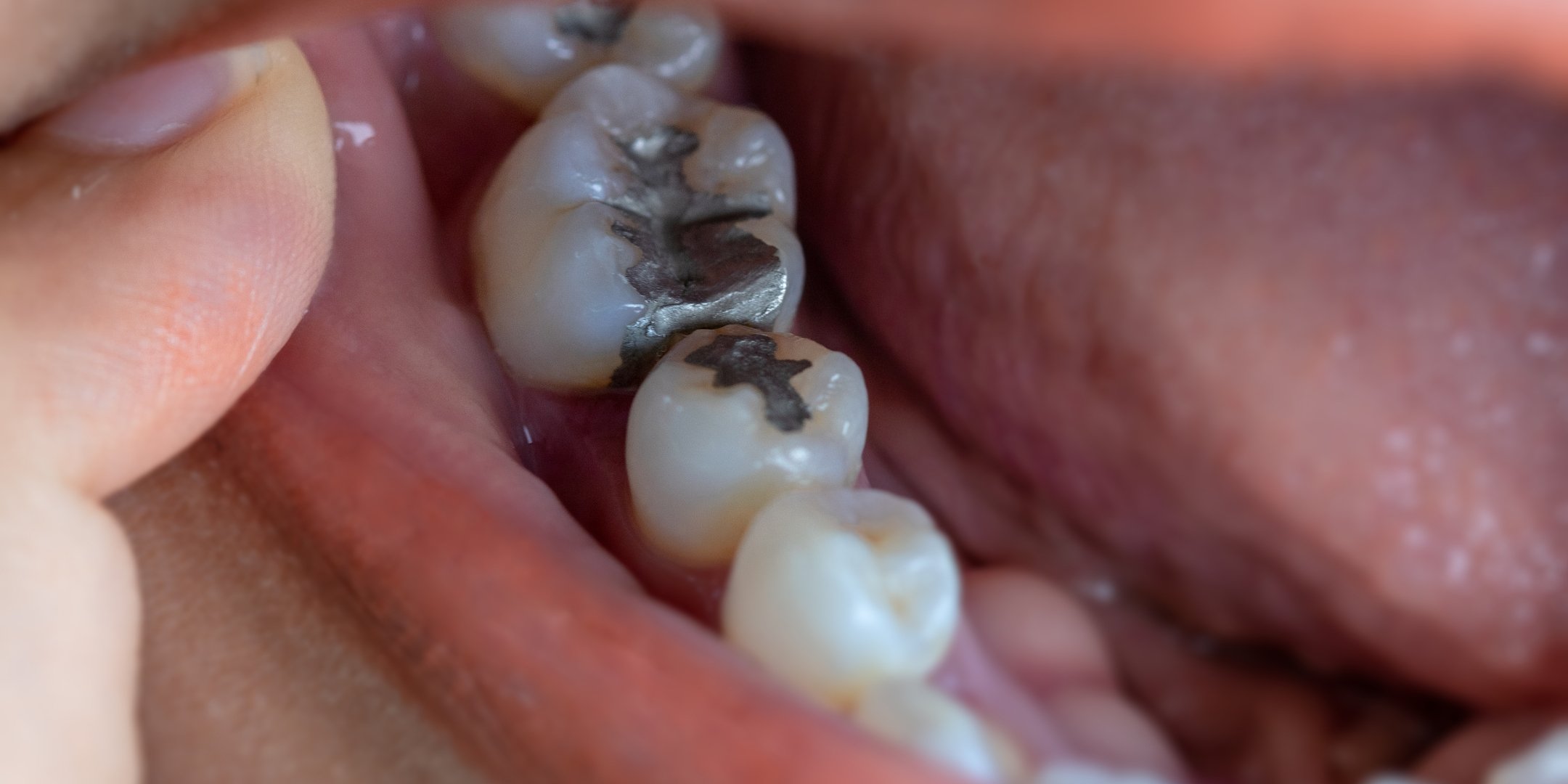We interviewed 42 dentists, dug deep into the scientific papers and have compiled a comprehensive study of the best teeth whitening products on the market. To determine the best teeth whitening treatments, you must first understand what type of discoloration you have and what treatments work best on it.
What is teeth whitening?
Teeth whitening is the physical or chemical removal of stains that cause teeth color to darken. To determine the best teeth whitening treatment, it is important to know what type of discoloration you have. Teeth discoloration is categorized under two main categories: internal and external.
Internal discoloration is caused by certain medications, older age, genetics, exposure to high fluoride levels and developmental disorders
[efn_note]Carey C. M. (2014). Tooth whitening: what we now know. The journal of evidence-based dental practice, 14 Suppl, 70-6.ncbi.nlm.nih.gov/pmc/articles/PMC4058574/[/efn_note]
. Internal discoloration can also occur if a woman takes antibiotics such as tetracycline while pregnant
[efn_note]Conchie, J. M., Munroe, J. D., & Anderson, D. O. (1970). The incidence of staining of permanent teeth by the tetracyclines. Canadian Medical Association journal, 103(4), 351-6.ncbi.nlm.nih.gov/pmc/articles/PMC1930427/pdf/canmedaj01600-0028.pdf[/efn_note]
Treatments for internal discoloration must be performed by a dental professional and can not be done at home.
External discoloration is caused by smoking, wine, coffee, tea, food, age and poor dental hygiene. The most common whitening treatments for external discoloration are chemical treatments, commonly called ‘bleaching.’ The active ingredient in most at-home chemical teeth whitening treatments is hydrogen peroxide (H2O2) or carbamide peroxide, which releases hydrogen peroxide when it comes in contact with water
[efn_note] Dahl, J. E., & Pallesen, U. (2003). Tooth Bleaching—a Critical Review of the Biological Aspects. Critical Reviews in Oral Biology & Medicine, 14(4), 292–304.doi.org/10.1177/154411130301400406 [/efn_note]
.
>>Learn more about the causes of white spots on your teeth, and how they can be treated.
Types of Teeth Whitening Treatments
Teeth whitening systems either use an abrasive ingredient to physically removal external discoloration or a chemical reaction to lighten teeth color. The most common abrasive agents used are dicalcium phosphate dehydrate, silica and alumina
[efn_note]Sangeetha Subramanian et al /J. Pharm. Sci. & Res. Vol. 9(2), 2017, 221-224. pdfs.semanticscholar.org/515d/80f89fc0713e4fc24ea59e8043c49eaf1276.pdf[/efn_note]
. The most common chemical agents used are hydrogen peroxide and carbamide peroxide. Carbamide peroxide releases hydrogen peroxide when it comes in contact with water.
There are several major categories of teeth whiteners on the market. They are:
Toothpaste
Whitening toothpastes contain abrasive ingredients to physically remove external teeth discoloration. Some, but not all, whitening toothpaste also contain low concentrations of carbamide peroxide or hydrogen peroxide to help chemically lighten stains.
- Lightening Effect: 1-2 shades
- Costs: $5-25
- Visible Results: 3-5 months
Whitening Strips and Gels
Whitening strips and gels contain a thin layer of hydrogen peroxide to chemically lighten teeth discoloration. Most strips and gels on the market require customers to use them twice daily for at least two weeks to see optimal results.
- Lightening Effect: 1-2 shades
- Cost: $15-60
- Visible Results: 2-3 weeks
Whitening Rinses
Whitening rinses use low concentrations of hydrogen peroxide to chemically lighten teeth discoloration. Most manufactures instruct users to rinse their mouth twice daily for at least 60 seconds to see optimal results.
- Lightening Effect: 1-2 shades
- Cost: $5-20
- Visible Results: 3-5 months
Tray Based Tooth Whiteners
Tray based tooth whitening kits can be purchased at dental offices and also over the counter for at-home use. These trays typically use carbamide peroxide to chemically lighten teeth discoloration. Users are normally directed to wear the trays for 2 to 4 hours per day.
- Lightening Effect: 1-2 shades
- Cost: $30-200
- Visible Results: 3-5 days
>> Not sure what works best for you? We reviewed the best at-home teeth whitening kits to ensure a brighter smile.
In-Office Whitening Treatments
Whitening treatments performed in-office by dental professionals work quicker and are more expensive than at-home treatments. The two whitening options offered by dental professionals are laser bleaching and whitening trays.
Laser bleaching is usually done in one visit and can take a few hours. During the procedure, your teeth are covered with a bleaching agent and a laser light is used to speed up the process of whitening (aimed at your teeth). Your gums are protected during the procedure and the bleaching formula is stronger than over-the-counter kits.
Professional whitening trays are similar in some ways to the at-home kits. In this case, however, the dentist will take a mold of your teeth and supply you with a light plastic tray that will fit over your upper and lower teeth. The mold usually takes a week or so to make into a tray, so you’ll need to schedule a follow-up appointment when the trays are ready. The bleaching gel offered by dentists is usually stronger than those provided in at-home kits. Most in-office treatments utilize bleaching treatments with 30-35% hydrogen peroxide, while at-home products have 3-6% hydrogen peroxide or 9-18% carbamide peroxide (carbamide peroxide contains hydrogen peroxide at a ratio of 1:3).
- Lightening Effect: 2-3 shades
- Cost: $300-1200
- Visible Results: 1-2 day
>> Learn more about the professional in-office whitening treatment, known as Zoom Teeth Whitening.
Is teeth whitening safe?
The regular use of at-home teeth whitening products as directed by the manufacturer is generally considered safe and does not impact tooth enamel
[efn_note]Addy M, Hunter ML. Can tooth brushing damage your health? Effects on oral and dental tissues. Int Dent J. 2003;53(Suppl 3):177–86. ncbi.nlm.nih.gov/pubmed/12875306[/efn_note]
. However, there have been several studies which have shown moderate wear to tooth enamel when whitening agents are used excessively.
[efn_note] Grobler SR, Majeed A, Moola MH. Effect of various tooth-whitening products on enamel microhardness. SADJ. 2009 Nov;64(10):474-9.ncbi.nlm.nih.gov/pubmed/20306867[/efn_note]
,
[efn_note] Karaarsian ES, Ozmen ZC, Aytac F, et al. Evaluation of biochemical changes in dental tissues after difference office bleaching methods. Hum Exp Tocicol. 2018 Dec; 960327118817103. ncbi.nlm.nih.gov/pubmed/30526070[/efn_note]
Professional in-office dental whitening treatments are considered to be safer than at-home treatments, partly because the patient’s gums are protected during the procedure. Although a patient’s gums are not normally protected with at-home treatments, it is important to note that in-office treatments utilize much stronger concentrations of hydrogen peroxide, which pose a greater risk to gums.
>> Learn more about the at home professional teeth whitening system: KöR Whitening.
What are the side effects of teeth whitening?
Common side effects:
- Tooth sensitivity – Occurs at the time of treatment and can last for up to several days.
- Gingival irritation – Begins within a day of treatment and can last for up to several days.
Rare side effects:
[efn_note]Goldberg M, Grootveld M, Lynch E. Undesirable and adverse effects of tooth-whitening products: a review. 2010;14:1–10.link.springer.com/article/10.1007%2Fs00784-009-0302-4[/efn_note]
- Allergic reactions
- Tooth erosion
- Tooth mineral degradation
- Pulpal Damage
- Changes in teeth microstructure
[efn_note]Shi, X. C., Ma, H., Zhou, J. L., & Li, W. (2012). The effect of cold-light-activated bleaching treatment on enamel surfaces in vitro. International journal of oral science, 4(4), 208-13.ncbi.nlm.nih.gov/pmc/articles/PMC3633061/[/efn_note]
>> Learn more about the side effects and results of natural teeth whitening vs. chemical teeth whitening.
Hydrogen Peroxide Vs. Carbamide Peroxide Teeth Whitening
Both hydrogen peroxide and carbamide peroxide are commonly found in OTC teeth whitening treatments.
In a clinical trial comparing the teeth whitening effects of 6.5% hydrogen peroxide whitening strips to 10% carbamide peroxide in a tray, both were found to provide significant whitening effects in the upper teeth. However, the carbamide peroxide tray produced far greater whitening effects for the lower teeth
[efn_note]Donly, K. J., Donly, A. S., Baharloo, L. (2005). Tooth Whitening in Children. Journal of Esthetic and Restorative Dentistry, 17(6), 380–381. doi:10.1111/j.1708-8240.2005.tb00475.x sci-hub.se/10.1111/j.1708-8240.2005.tb00475.x[/efn_note]
. This added whitening effect of carbamide peroxide is likely due to a slower chemical degradation, which results in the whitening agents remaining on the teeth for a longer period of time than using only hydrogen peroxide.
This article has been reviewed for medical accuracy by Dr. Craig Abramowitz, DDS.









